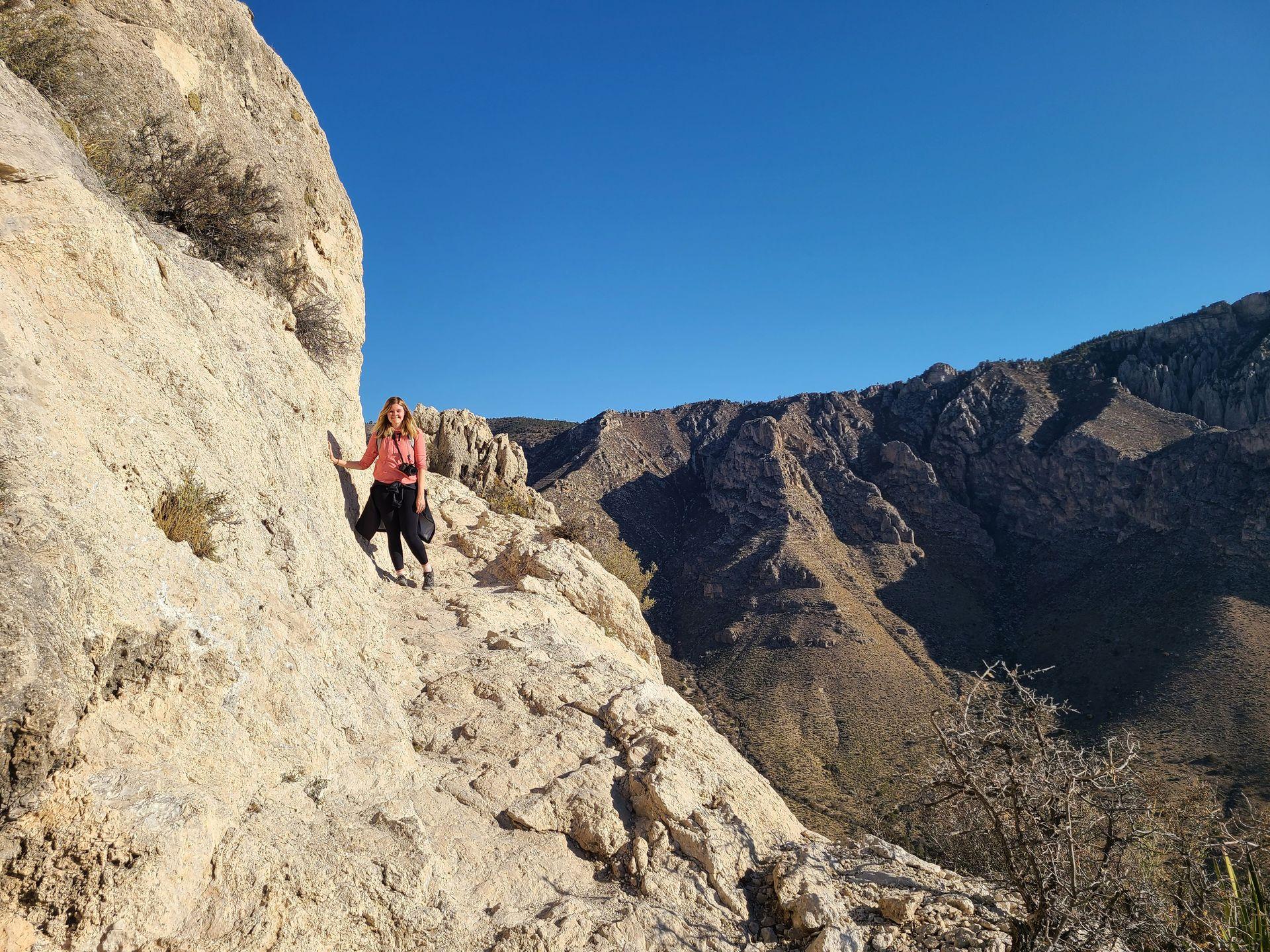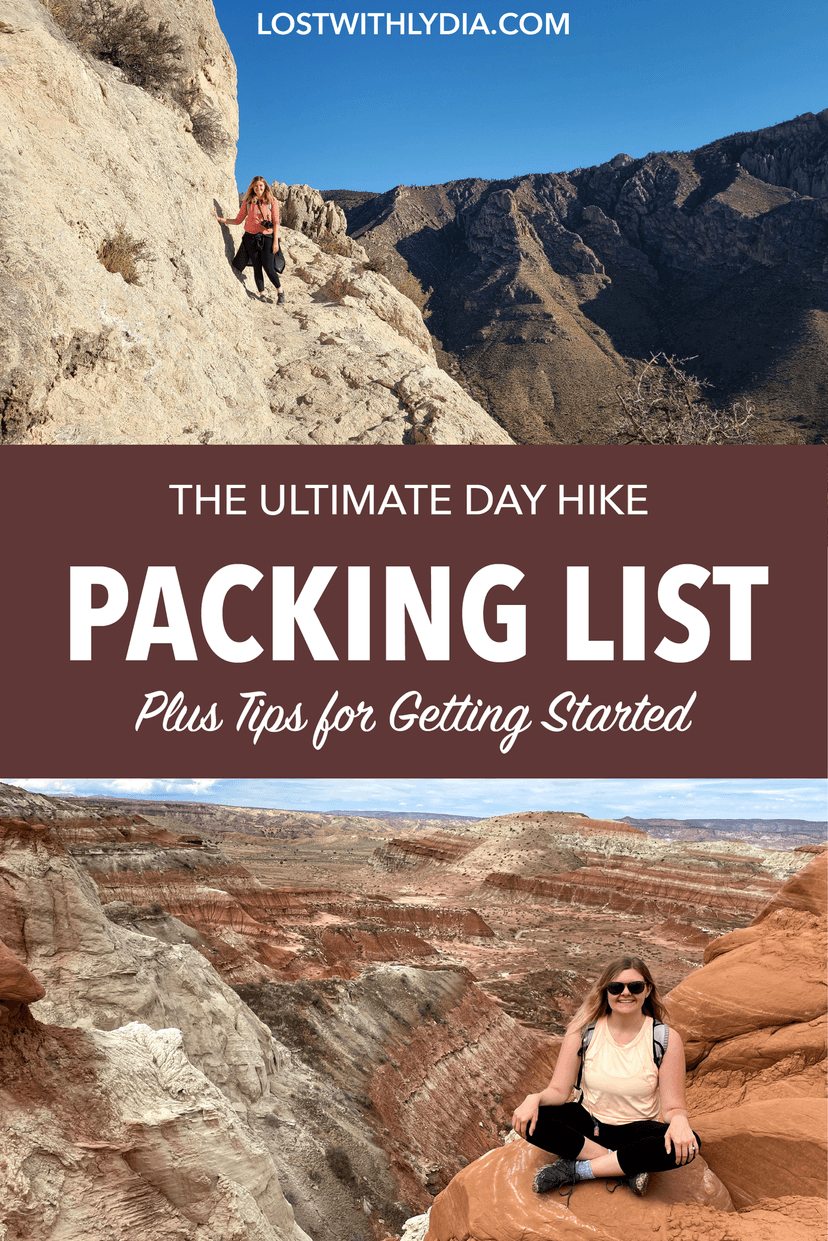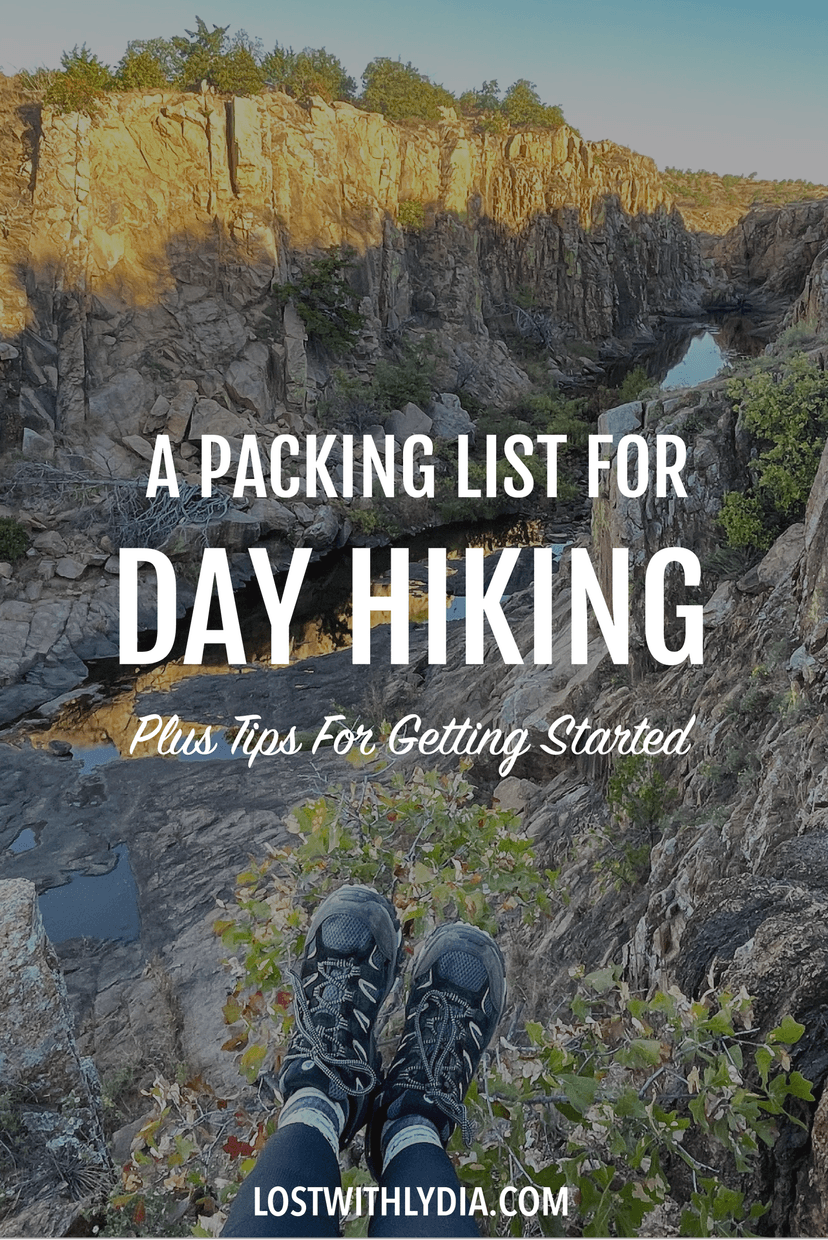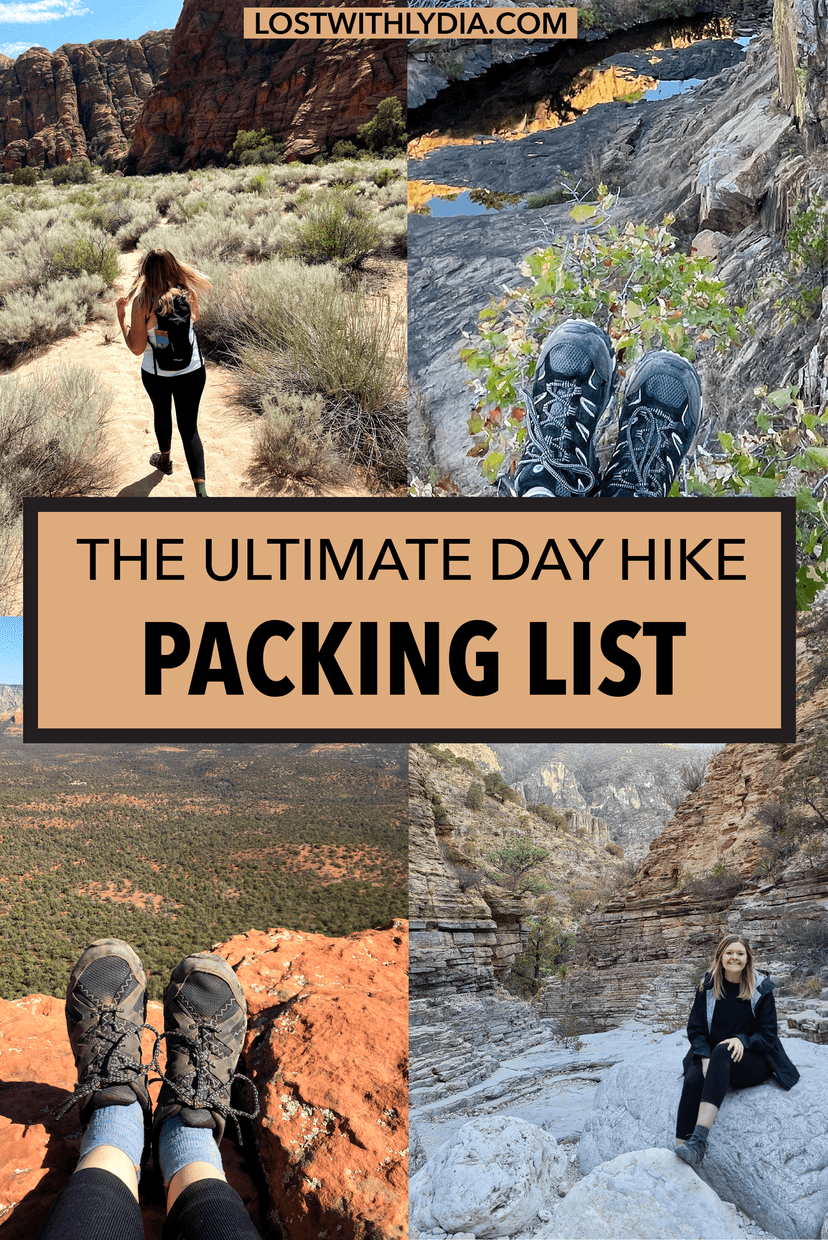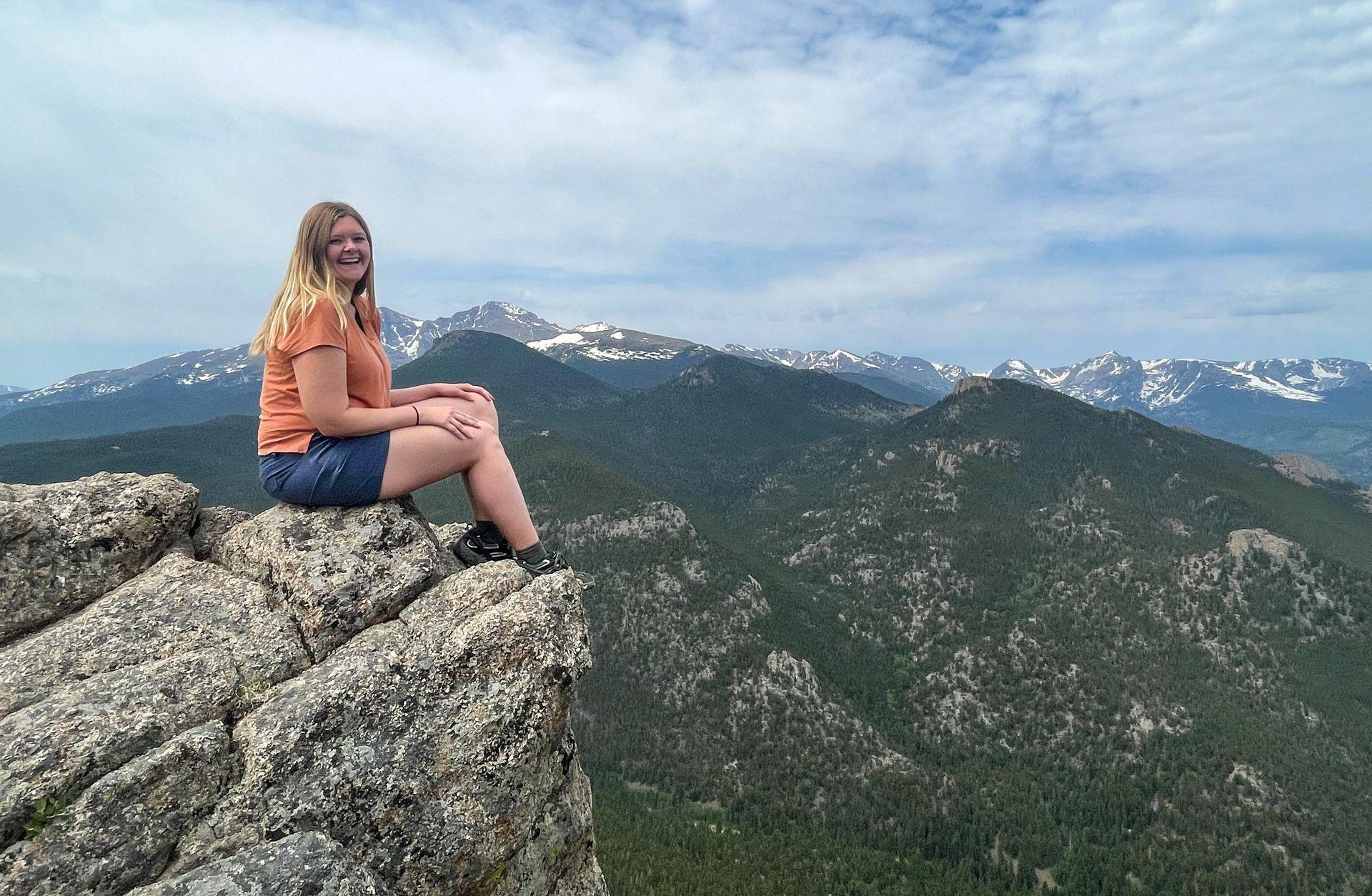Hiking
The Ultimate Day Hike Packing List: Tips for Choosing Your Hiking Gear
March 2, 2024
If you are new to hiking, collecting the right hiking gear can be overwhelming. After a few years of day hiking in a variety of terrains, I'm sharing what I think you should bring while hiking, the day hiking gear that works best for me and tips I’ve learned along the way.
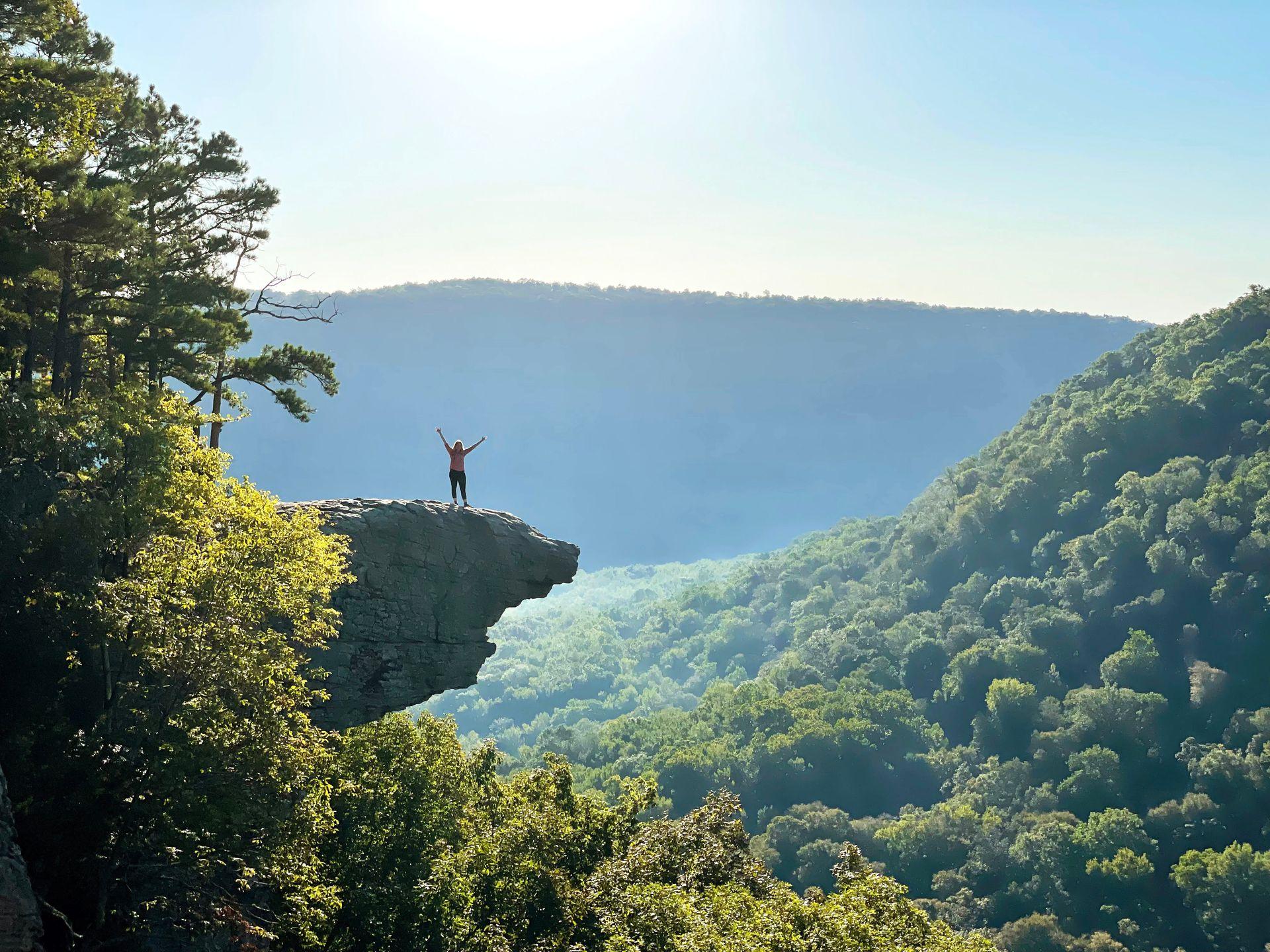
Tips for Choosing Hiking Gear
- My biggest tip for someone just getting started: get outside with the gear you already have, and then slowly upgrade as you figure out what you value the most. Gear reviews and testimonials are great, but everyone has different preferences! You may prefer hiking boots while I prefer trail runners. Take your time collecting your hiking gear and don’t feel like you have to buy it all at once!
- Renting gear is a great way to try things out! REI is one place that offers all kinds of gear rental options.
- I love using Wirecutter Reviews to find well-researched product recommendations for every category of gear.
- When it comes to items like shoes and backpacks, it’s best to go try them on in person to discover what works best for you. REI offers amazing customer service and has a team of experts to help you out.
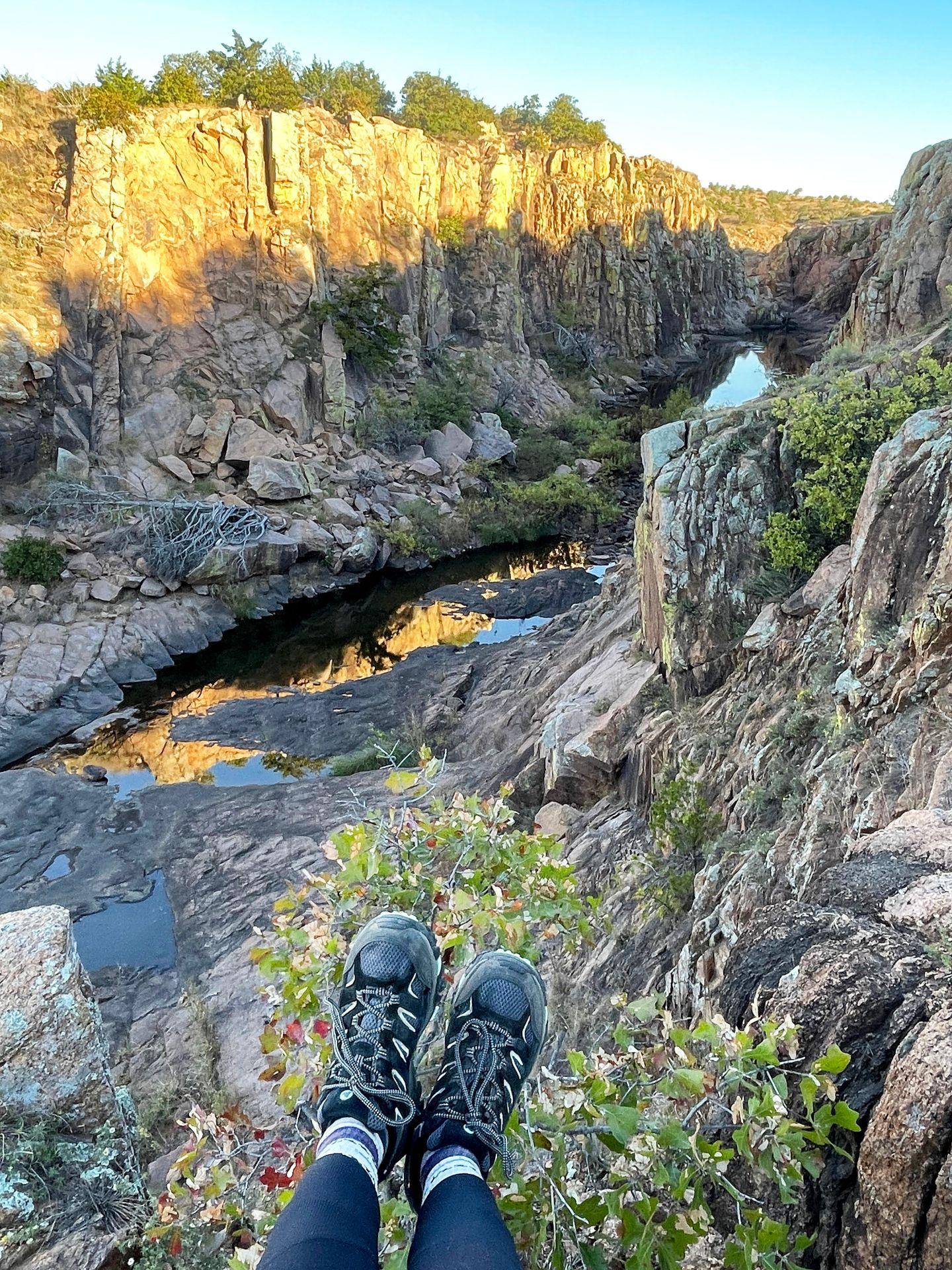
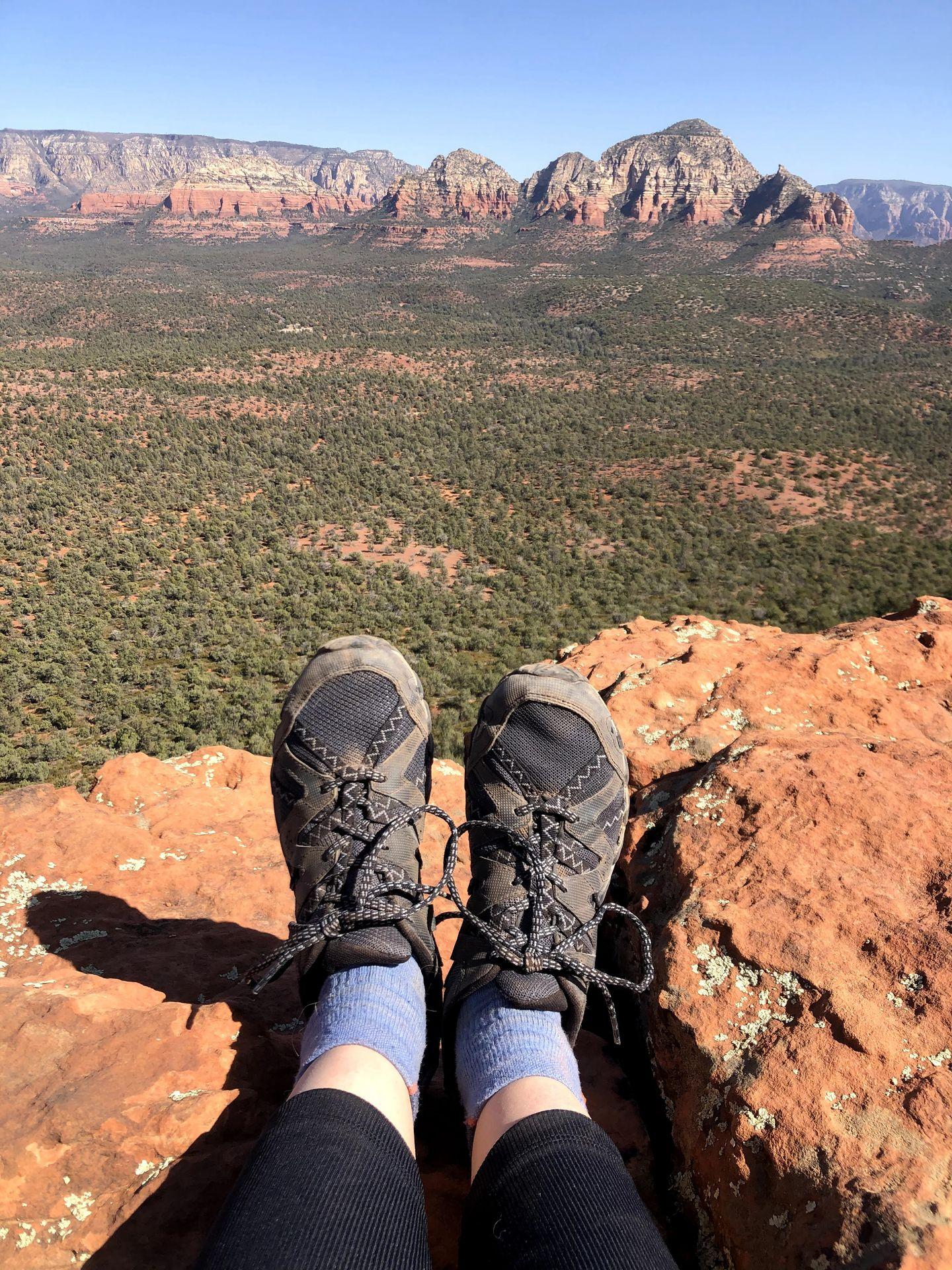
Day Hiking Checklist
Here is a quick day hike checklist to refer to as you're collecting your hiking gear! I go into more detail about each item below.
What to Bring on a Day Hike:
- Water
- Snacks
- Hiking Shoes
- Hiking Socks
- Extra layers
- A backpack
- First Aid Kit
- Space blanket
- Portable battery
- Fire starter
- Headlamp or flashlight
- Map
- Sun protection
- Knife or multi-tool
- Trekking poles
- Kula cloth
- GPS messenger
- Trash bag
- A whistle
Keep in mind that extra things may be required depending on the time of year! That includes microspikes and handwarmers in the winter, insect repellant in the summer, etc.
In addition to making sure you have the right gear, make sure you're prepared for the hike itself! Here is a quick checklist of what you should do before a hike.
How to Prepare for a Day Hike
- Check the weather and dress appropriately
- Research the type of terrain
- Check if permits or reservations are required
- Download offline maps on All Trails and Google Maps
- Check for recent reviews or current closures
Where to Shop for Hiking Gear
A quick list of the places where I like to shop for gear and a few of my favorite brands:
How to Decide on your Hiking Shoes
Proper hiking shoes are the most important day hike essential item to invest in early on. They will protect your feet from the elements and provide important traction on muddy, rocky or slippery terrain. There are a few different types of footwear to consider when you begin hiking: hiking boots, low cut hiking shoes and trail runners.
Trail runners have the advantage of being lighter, more breathable and more versatile. Boots have the advantage of providing more ankle support, being more durable and better for cold weather hikes. Hiking boots are also heavier and bulkier, require a longer break-in period and tend to be more expensive. Your decision should be based on the personal preferences and the terrain you’ll be hiking.
I started out wearing trail runners and really loved how lightweight they were. They are great for fitting into a carry-on luggage and a good shoe to transition into hiking. I later switched to a lower cut hiking shoe that looks a lot like a gym shoe, but with trail ready traction. I find it to be a great in-between option that is very sturdy and supportive without being as bulky as a higher cut hiking boot. I like the freedom of movement that a lower cut shoe provides. Plus, I tend to hike in hotter weather and a lower cut shoe keeps me cooler.
You may want to consider hiking boots if you are hiking in more cold weather environments or if the stability and protection of your ankles is very important. Also note that hiking boots and shoes require much more of a breaking period than trail runners do. Don’t wear them for the first time on a serious trail!
I have always been a fan of Merrell hiking shoes. They are durable (my fiancé wore the same ones for about 8 years) and great quality. I currently wear the Moab 2 Ventilator, which is a lower cut hiking shoe that still offers great support and some breathability. The shoe comes in multiple waterproof versions and a higher cut boot version as well.
When deciding whether you want to get the waterproof version, consider the environment you’ll be hiking in. Waterproof is more important if you will be hiking in colder conditions or in snow.
Overall, while I recommend the Merrell low cut hiking shoes, your decision will come down to your personal preference. I recommend going to a store in person and trying on several options to decide!
The Importance of Hiking Socks
Hiking socks do not get discussed as much as hiking shoes, but they’re just as important. For your comfort, you’ll want thick socks that offer some support to wear with your hiking shoes. The right socks will prevent blisters and keep your feet dry. My favorite hiking socks are Darn Tough Vermont. They have a variety of socks for multiple weather conditions and they are made in Vermont, USA. You can shop Darn Tough by activity, but I personally love the lightweight hiking sock for summer and the midweight hiking sock for autumn. Both are made with merino wool, making them breathable and odor resistant.
Your sock height should be based on your preference, but I avoid no show hiking socks so that my ankles have some protection from brush and sharp plants. This is especially helpful for hiking in the desert.
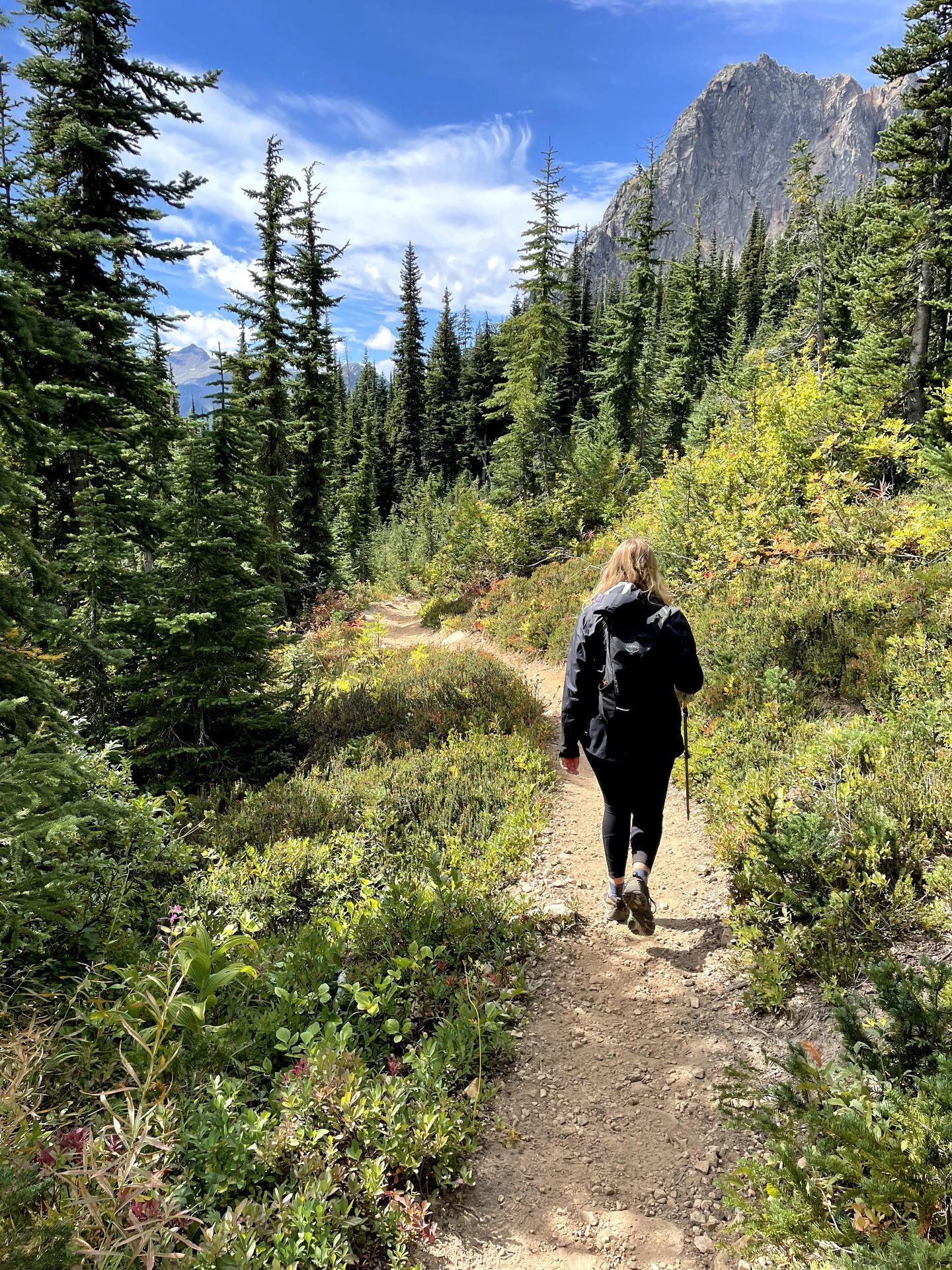
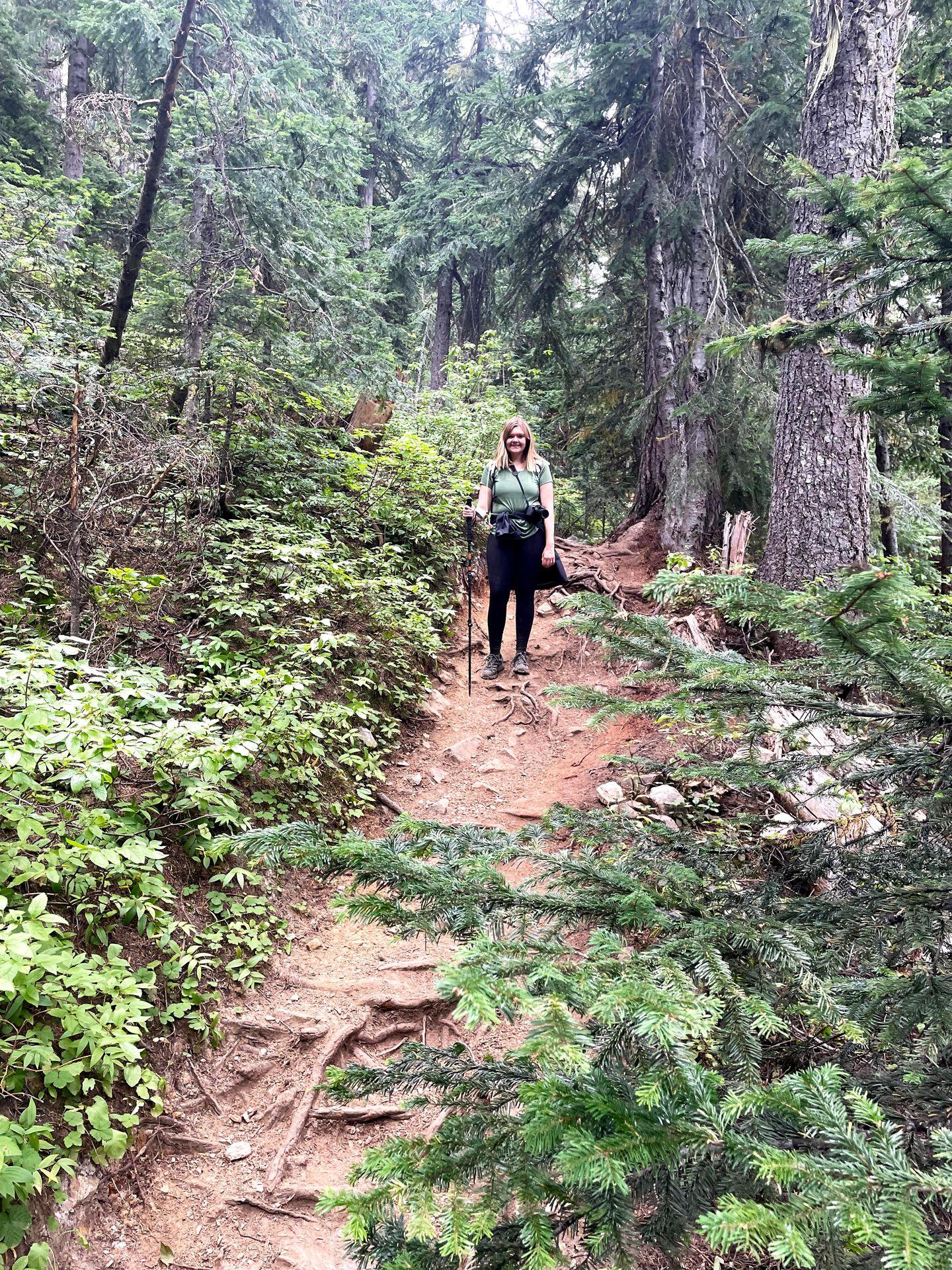
Choosing your Perfect Hiking Backpack
Your preference in hiking backpacks should suit your needs. Consider the cushion on your back, the interior space, the number of pockets and space for a hydration pack when finding the perfect backpack. However, don’t let perfection stop you! My opinion is that any backpack is good enough to get started. I hiked with my school backpack for a bit before actually purchasing one. A few years down the road, I purchased a day pack that provides proper space for a hydration pack and that is lightweight and durable.
Currently, I carry the Gregory Maya 16 Pack. This backpack is compatible with my hydro reservoir, has interior pockets and external mesh pockets for organization, has a clip for trekking poles and is super durable. It is also very comfortable to wear. The 16L is a bit small for a long, solo hike, but it's a great size to hold what I need for a day hike, especially if I am sharing items with a partner.
Previously, when I was hiking with a partner who can carry additional hiking essentials, I loved to wear this 3L Osprey backpack. It is designed for biking, so it does not hold a lot. It can carry a hydration pack and a few necessities, like a small first aid kit and a couple snacks.
My partner hikes with the REI Trail 25 daypack. The 25L size is nice to have for longer hikes. This pack is very durable and has a lot of cushion. It also has a waist strap, side mesh pockets, a raincover and many more features.
Another great option is the Osprey Sirrus 24 Pack, which is more expensive but is very lightweight and should comfortably fit what you need to pack on a day hike.
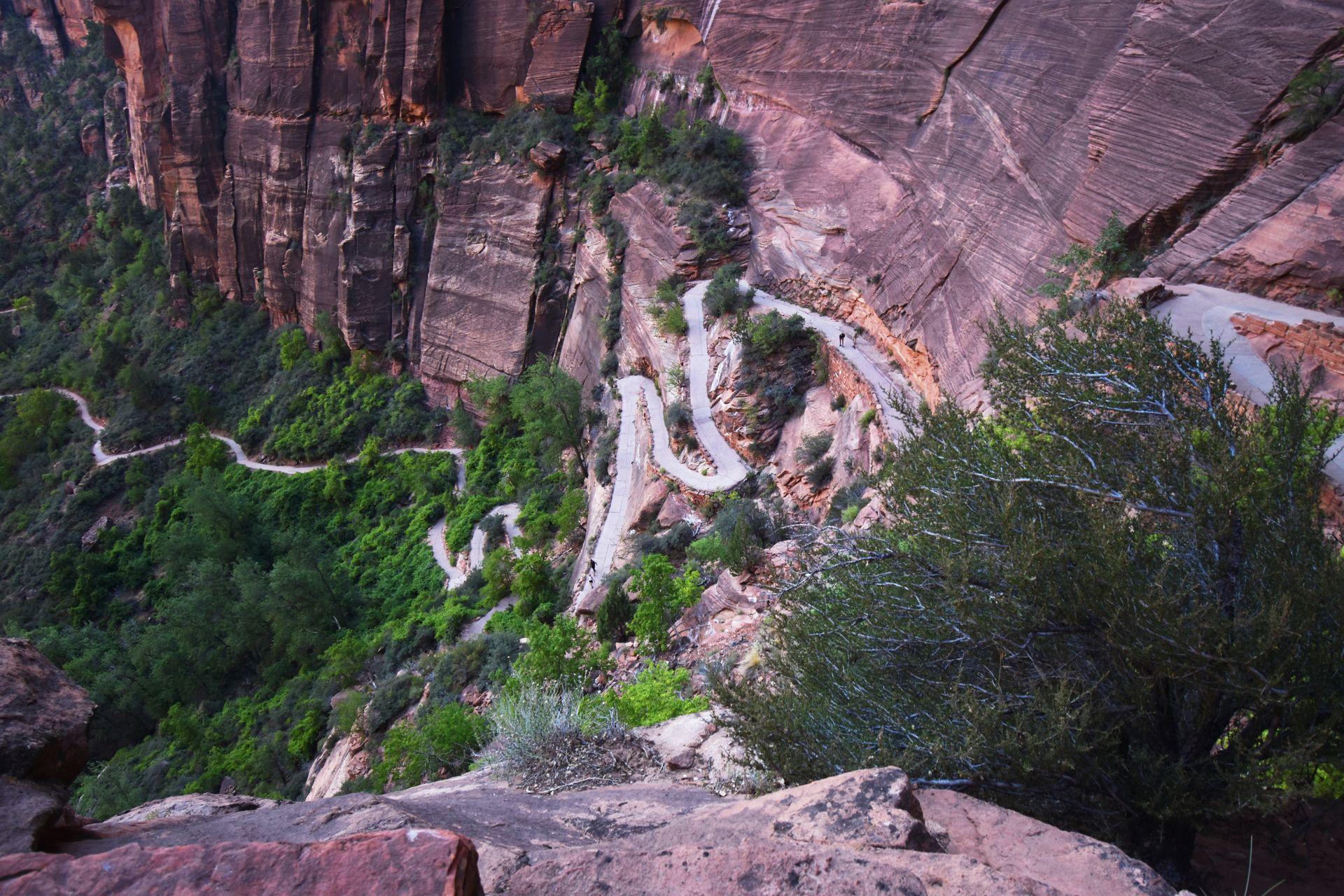
Hiking Essentials for your Day Pack
Hydration Pack
Switching from a water bottle to a hydration pack was a game changer for me. I used an Osprey 2.5L Pack for several months but was unhappy that it began to leak and was difficult to clean. I have recently switched to the Gregory 3D Hydro Reservoir and like it much better. It is much easier to fill and clean. It is very similar to the classic CamelBak Water reservoir, but is better designed in my opinion.
If you prefer water bottles, I like the Hydro Flask brand because it’s durable and does a great job of keeping your water cold. No matter what water carrier you choose, I always recommend packing more water than you think you need on your day hike.
Hiking Safety Essentials Packing List
Besides water, here are the things to pack while hiking to stay safe while on the trails.
- A first aid kit. I love the Adventure Medical Kit brand and carry the Mountain series. Their kits are thorough, lightweight and affordable.
- Space blankets. These are useful in an emergency and they are lightweight to add to your pack just in case.
- Portable battery. Make sure you have a backup in case your phone dies.
- A light source. Always carry a headlamp or flashlight in case you find yourself hiking in the dark. I love my Petzl Tikka headlamp, which is compatible with a reusable battery and has multiple light levels.
- Layers. Bring at least a light jacket and a poncho to wear in case the weather changes. We have also used our extra layers to act as shade by hanging them in a tree.
- Sun protection. Pack proper sunscreen, sunglasses and/or a hat to protect yourself from the sun in all weather conditions. It is a bit of a splurge, but my all-time favorite sunscreen is Unseen Sunscreen by Supergoop. It is so lightweight and immediately fades into your skin.
- Bug repellant. Bug spray is a must in certain areas. I like Ranger Ready Repellent because it smells better than traditional bug sprays.
- Fire and a knife. Bring matches, a lighter and a knife in case of emergencies. A multi-tool is also great to have and includes a knife.
- Navigation. Carry a compass or a paper map as a backup if you are using your phone.
- Snacks! Be sure to carry food along during your hikes, you don’t want to end up hungry. If you're a vegetarian, I have a guide all about vegetarian hiking food!
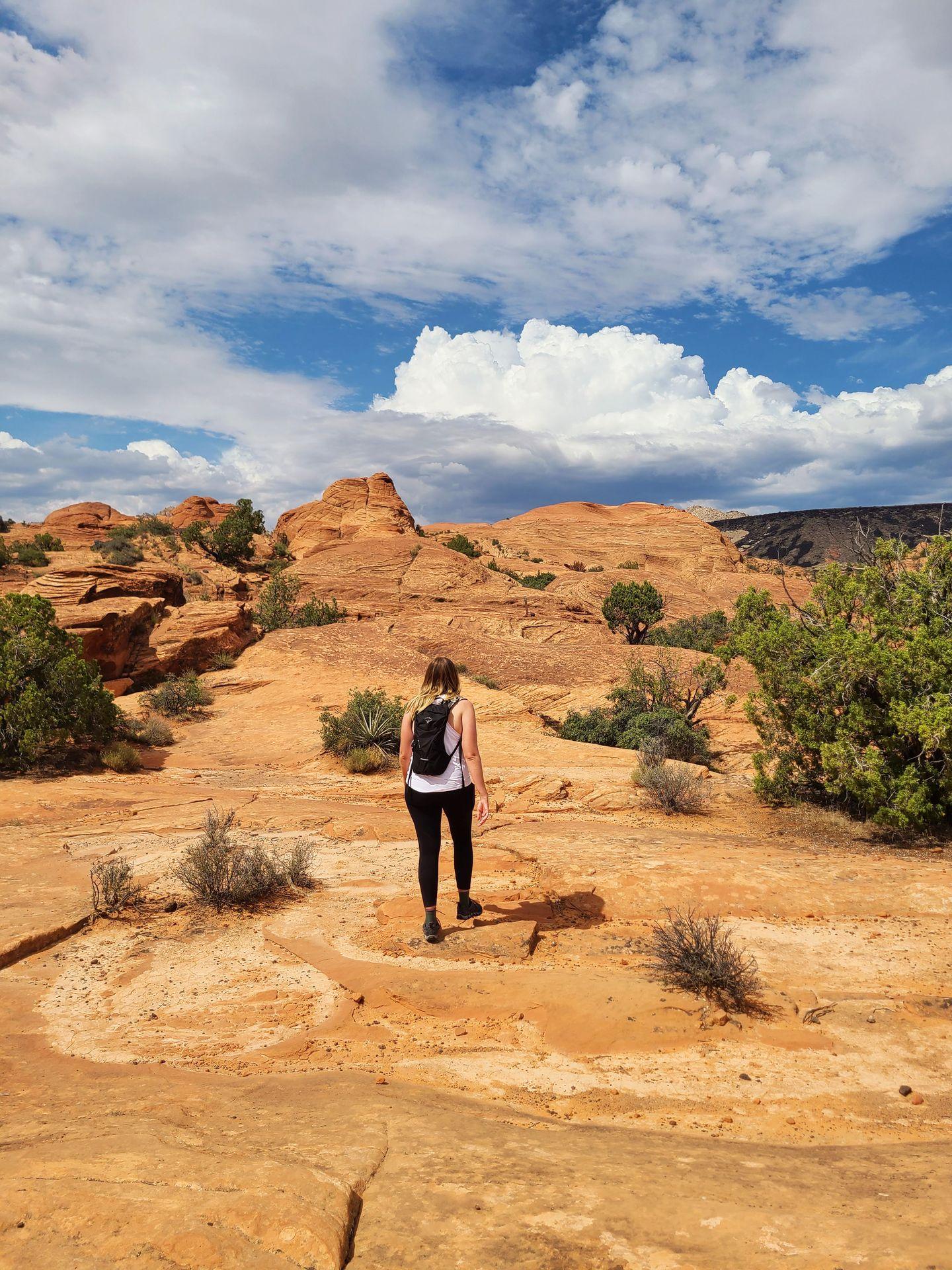
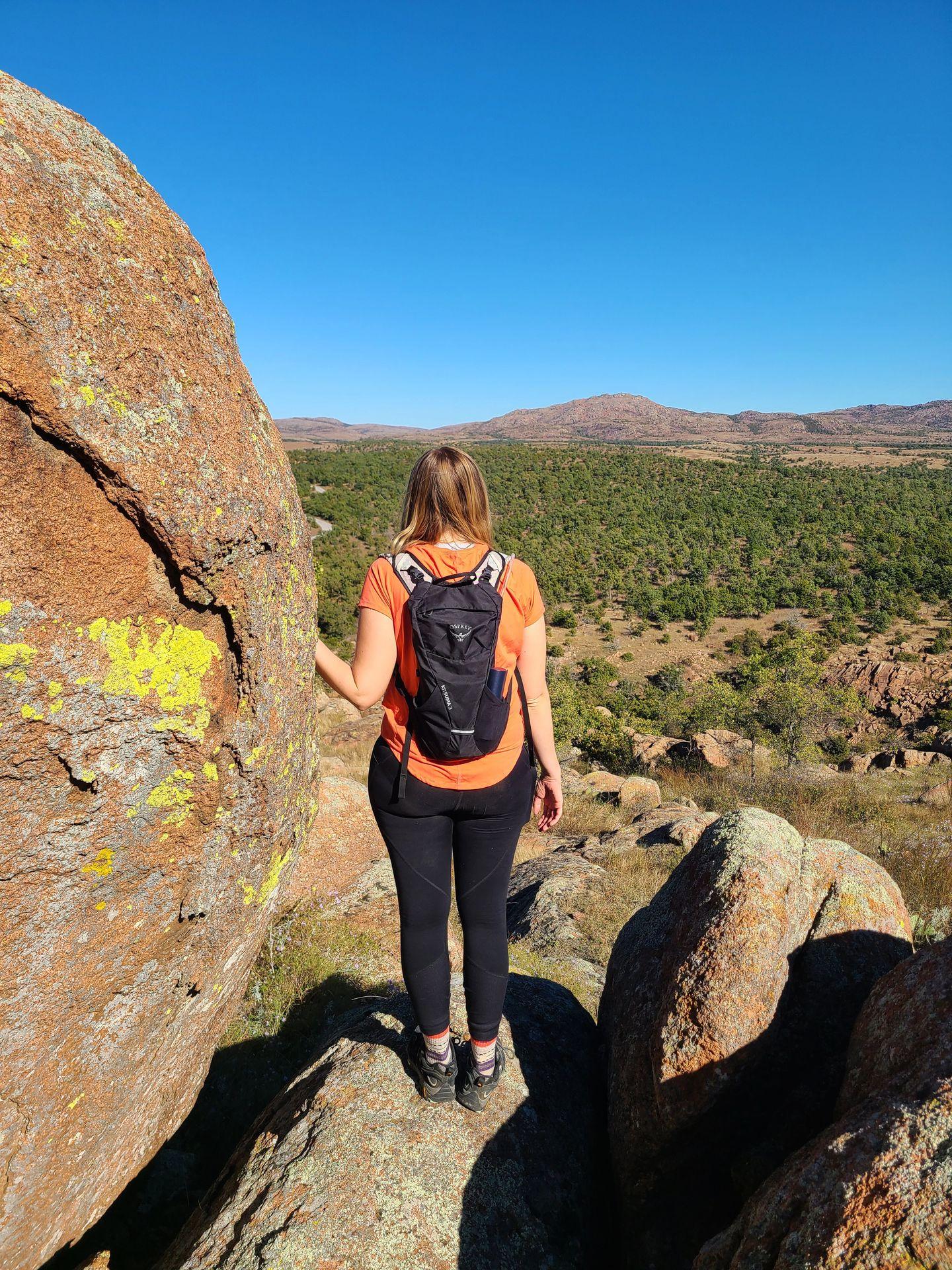
Optional but Helpful Hiking Gear
Trekking Poles
Whether or not you need trekking poles depends on your preference and the type of hiking you’re doing. If you are descending down a steep mountain, they can really help take the pressure off your knees. I have the Cascade Mountain Tech Trekking Poles and while they do the job, I am not super impressed with their quality. If I were to purchase new ones, I’d splurge more on the Black Diamond Trail Trekking Poles that fold down and are more ergonomic.
If you aren't sure if trekking poles are for you, I would recommend renting them to try out! Also, keep in mind that you cannot carry them on an airplane, but they can be checked in your luggage.
Bathroom Solutions
It took me a couple years to feel comfortable going pee off of the trail, but recently some new products have been a game changer! The Kula Cloth is a reusable antimicrobial pee cloth that can hang dry on your pack after using. It has a waterproof side and antimicrobial side to wipe. The cloth is expensive, so for a less expensive version, also check out the Circe Care cloth from Amazon.
Another game changer for women is the Tinkle Belle female urination device. It allows you to pee standing up and folds down to be super compact!
Both of these solutions will save you from having to carry toilet paper and pack it out. Don’t wait as long as I did to try these out!
An Emergency GPS Messenger
This is one piece of hiking gear that helps me feel MUCH safer, especially when hiking solo!
The Garmin In-Reach Messenger allows you to send messages to trusted contacts, or send an SOS. It works even if there is no cell reception! You can either send messages using the device or the app on your phone. In addition to sending messages, you set it to track the hike you’re on, and send that data to a loved one to make sure you’re on track or see your current location.
It costs $300 for the device, and then you’ll also need to pay for a monthly subscription for the messaging service. I have the cheapest plan at $14.95 per month.
It’s an investment, but is definitely worth it for me based on the amount of hiking I do!
A more affordable version: If you have All Trails Plus (which I highly recommend), there is a “Lifeline” feature that allows you to send your current location to a loved one to track. However, it only works if you have service.
More Nice-to-Have Hiking Gear
- Body wipes to stay fresh on the trail.
- A whistle or pepper spray (check if pepper spray is legal in your area).
- A mini, lightweight tripod and a remote clicker to take your own photos.
- Hand warmers if you are hiking in cold weather.
- Reusable utensils or a spork for meals.
- Reusable sandwich bags for snacks.
Final Thoughts
Whether you are new to hiking or are looking to try out some new gear, I hope this article and the links help you out! As a reminder, make sure to pack out all of your trash and leave the outdoors as you found it as you’re out there exploring. For more advice on getting started hiking, I have 15 tips to help you get started!
For more hiking tips and guides, check out these blogs:
- The Best Vegetarian Hiking Food
- The Best Women's Hiking Clothes
- Fun and Useful Hiking Gifts for Her
- Ways to Avoid Crowds in National Parks
- The Best Hiking near Dallas, TX
- The Best Hiking near Cincinnati, OH
- The Best Hiking in Arkansas
- The Best Hiking in Indiana
- The Best Hiking in Fort Collins, CO
Thanks for Reading!
Let's stay in touch!
Join the Lost with Lydia email list to get monthly travel guides and tips!
